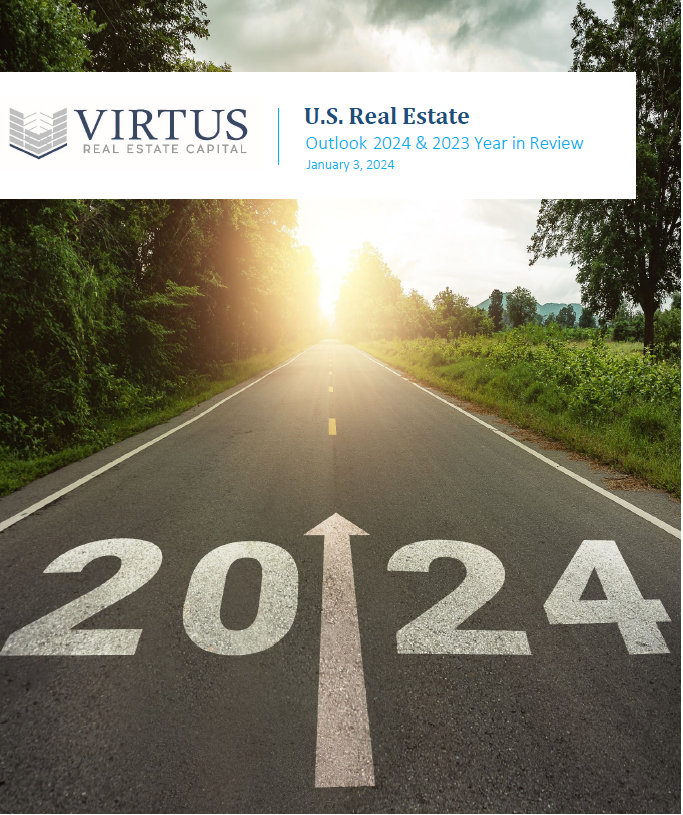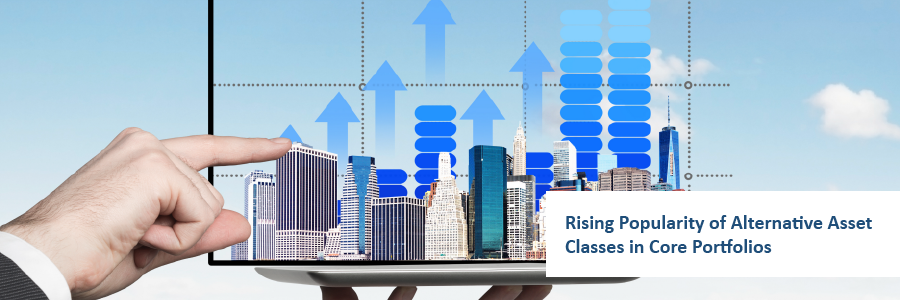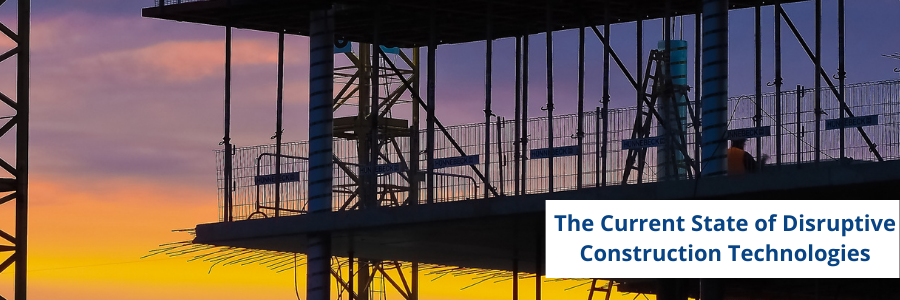It has been many years since there has been a more dramatic change in commercial real estate (“CRE”) markets. The unprecedented interest rate increases from the Great Tightening have had a domino effect on a number of factors well beyond just borrowing costs. Learn more below.
Download the Article in .pdf
U.S. REAL ESTATE 2024 OUTLOOK AND 2023 YEAR IN REVIEW
As much as we would like to come up with a more creative adjective or euphemism for the present market environment, there is no better word to describe it than “Divergent.” You are probably sick of hearing that word from us by now, and we know we are sick of saying it, but 2023 has again continued its divergent trajectory across most asset classes, especially in commercial real estate. The disparity in performance between the winners and losers remains wide, even in the context of having just gone through a Global Pandemic in recent years, with whipsaw performance and widening divergence in the markets near all-time highs. While this downturn parallels in some ways with prior downturns, it is wholly different in many other ways.
There are many reasons for this, not the least of which is this most unusual economic backdrop. Even the Federal Reserve (“Fed”) Chairman Jerome Powell was quoted in May this year saying, “It is possible that this time really is different.” Further, the pre-pandemic economic playbook has (so far) been wholly irrelevant in a post-pandemic economic backdrop. As a long-time student of economics since my early days at university, I’ve had to rely on deep breaths and other coping skills to keep me mentally stable in these aberrant surroundings. However, these conditions have simultaneously created a most exciting framework for investment. That is because some property sectors and some markets continue to offer compelling property level fundamentals from a supply and demand perspective. Yet, the extreme interest rate increases from 2022 and most of 2023 have amplified credit market volatility to levels not seen in a generation, leaving most Commercial Real Estate (“CRE”) assets, including those that are still performing well, with some form of capital structure stress or distress. This mismatch in positive fundamentals with challenging credit, and hence capital market conditions, has led to a broad reset in values across all of CRE while simultaneously creating far more interesting investment terms for those with the capital and courage to do something about it.
From our view, and for several of the Virtus targeted property sectors, the present and likely coming market environment has presented and will likely continue to offer some of the most compelling risk-adjusted returns we have seen in years. Unfortunately, this is not a beta investment opportunity broadly across commercial real estate where one can simply go long and win, like we saw coming out of the Global Financial Crisis (“GFC”) and through most of the 2010s, including the longest bull market ever experienced in the history of the U.S. This is a market where if one chooses wisely, one can take on less risk to achieve the same returns, or the same risk to achieve higher returns (in select spots) since the great investing opportunity period following the GFC. But, like most great investment periods of the past, fundraising is typically the hardest when the conditions are less obvious. Just when you thought you could loosen your seatbelt after the wild ride we have had the last few years, we recommend you make sure it is particularly tight and strap in for 2024.
EXECUTIVE SUMMARY
2023 Highlights and Current Market Conditions
- Despite the Leading Economic Indicator (“LEI”) index calling for a recession a record 25 months in a row, concerns about an impending recession, especially a deep recession, were abated;
- Tenancy demand at the property level was highly bifurcated, with some sectors experiencing substantial declines (office) and others experiencing very stable (medical office, a.k.a. outpatient facilities) or outsized demand (student housing at “high ROI” universities);
- Obtaining debt of any kind for non-stabilized properties or in impaired property sectors became extremely difficult, and even stabilized properties and performing sectors saw maximum available leverage fall from 75% – 80% LTV in early 2022 to 50% – 55% LTV in 2023;
- 2023 began a wave of maturing CRE debt coming due that will continue for the coming years, most of which cannot be refinanced at present leverage levels without paying the loans down;
CRE transaction volume across virtually all categories was down ~70% year-over-year;
- The Fed Funds rate and, ultimately, the 10-Year Treasury continued their 2022 increases through October 2023, leading to the highest valley to peak since the 1976- 1981 period;
- Private Equity Real Estate (“PERE”) valuations (as measured by real property transactions and not just funds marks based on NAV) declined the most in a single period seen since the GFC, with “basic food group” sectors experiencing a 200 – 400+ basis point expansion in cap rates (30% – 50%+ decline in values), while more defensive sectors still experienced 100 – 150 basis points of cap rate expansion (20% – 25% decline in values); and
- “The Great Tightening” ended in December when the Fed paused their rate hikes and signaled an impending cut in 2024, while the 10-Year Treasury has already fallen ~120 basis points since its peak in October; this seismic shift has set the stage for a big opportunity in 2024.
2024 Outlook Highlights
- For the time being, it appears the Fed has engineered a soft landing; while the probability of a recession has fallen below 50%, few are calling for a deep recession, and if one were to come, it might actually be positive for some property sectors;
- The Fed Funds rate will begin falling around mid-year, with the Secured Overnight Financing Rate (“SOFR”) falling earlier, and the 10-Year Treasury has already found its new stabilized normal in the 3.5% – 4.0% range;
- New CRE debt issuance will increase, but remain below its long-term average;
- Transaction volume will increase from 2023 levels, especially driven by deals with capital structure stress/distress, but it will be below the hyper-transaction activity of prior years;
- “Real” property values and cap rates have found their new stabilized levels heading into 2024;
- Fundraising will increase from 2023 but remain below its ten-year average;
- 2024 will offer the most compelling real estate market opportunity seen in years, but it will not be a ubiquitous beta opportunity; and
- If spots are chosen wisely in this opportune environment, investors can generate asymmetric performance with higher returns at given risk levels.









